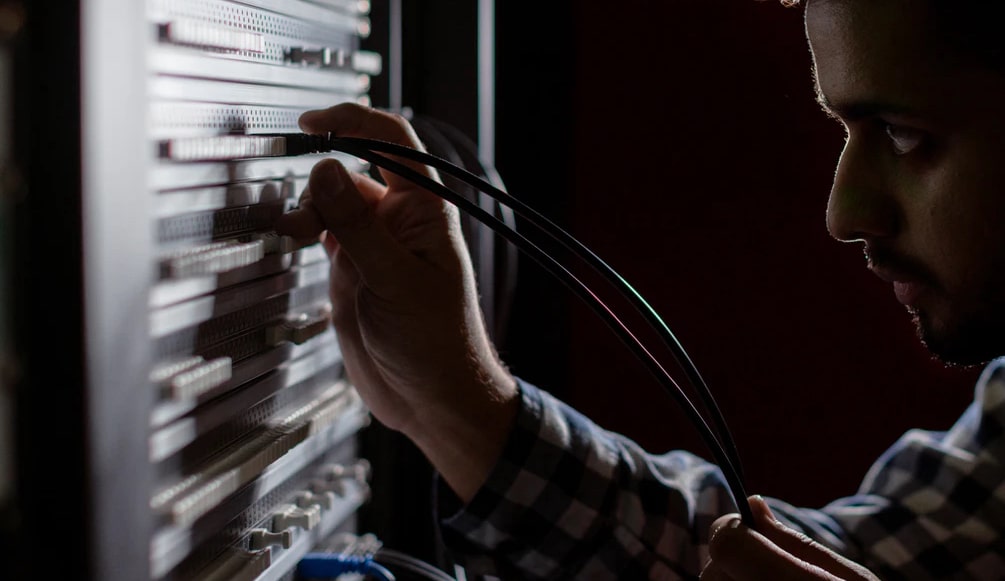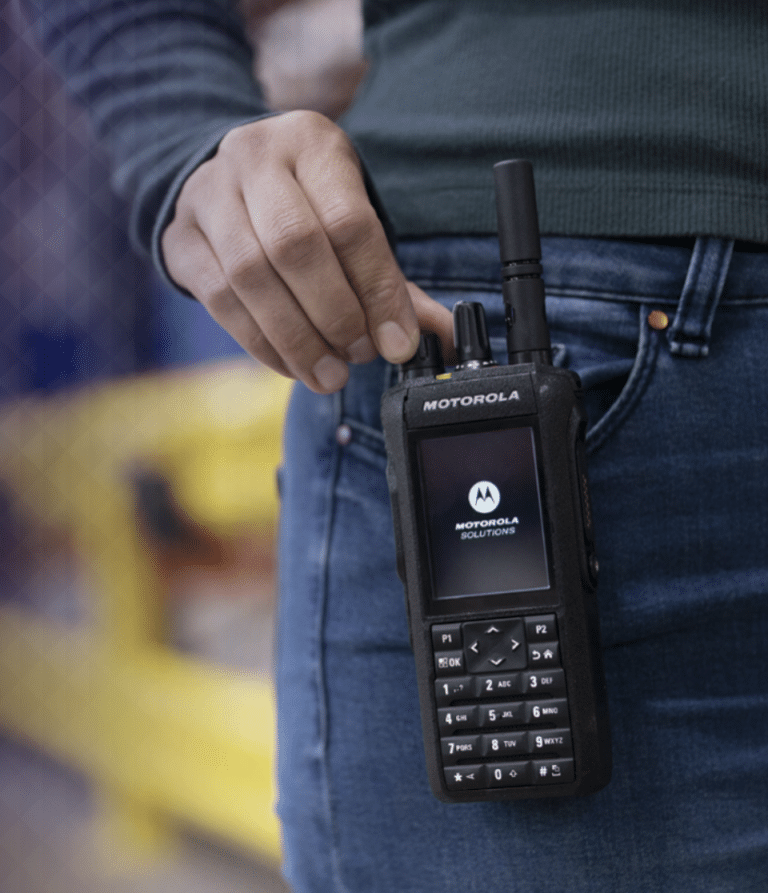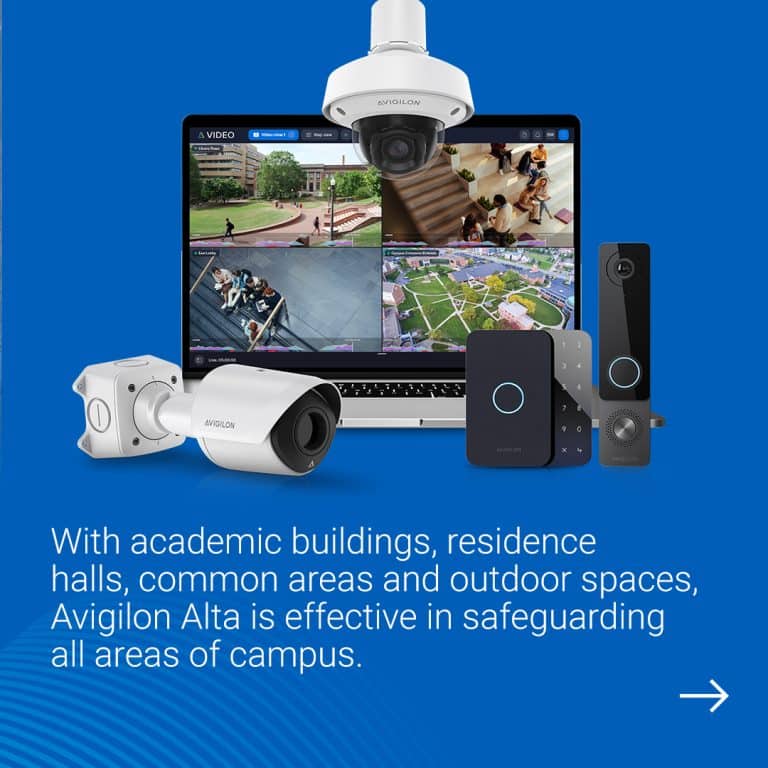Costly mistakes are common, painful, and completely avoidable if you can resist the urge to install and deploy new technology yourself. Business managers sometimes think they can skip professional help. Here’s why most regret it.
Poor Equipment Choices.
We’ve seen companies of all sizes attempt to patch together commercial systems using consumer equipment designed for kids playing in the backyard. They don’t get very far. Consumer technology is not made to withstand the ongoing pressure of even small business operations. Trying to make it work leads to a waste of time and money as you constantly replace broken parts and cheap components. Even if you’re willing to tolerate the hassle and expense of churning through fragile hardware, severe functional limitations will hold your business back.
Simply switching to commercial-grade equipment is a smart move, but not just any equipment will do. If you don’t understand the spectrum of available commercial solutions, you can make poor choices, buy equipment you don’t need, and miss out on valuable competitive benefits. Carefully selected equipment that’s precisely matched to your business and customized to meet your specific needs will deliver the best return on your investment.
Finding the right match is easier said than done. Sorting through the dizzying array of equipment options on the market can be overwhelming, and evaluating the range of capabilities available in various forms is even harder. Naive expectations of cross-over functionality alone can trip you up.
“Smartphones are just one example,” says Ralph Aguilar, Commenco’s Director of Commercial Services. “Phones seem like they can do everything, but they don’t always work well at the speed of business or under the pressure of emergency operations. For example, police officers and firefighters don’t like to type in phone numbers or texts to relay urgent messages. They want the push-to-talk simplicity and immediacy of two-way radios.”
Aguilar says GPS location service is another example of how cross-over functionality can disappoint. ”It’s technically available on all kinds of equipment, but in reality it’s only precise and reliable on certain devices.”
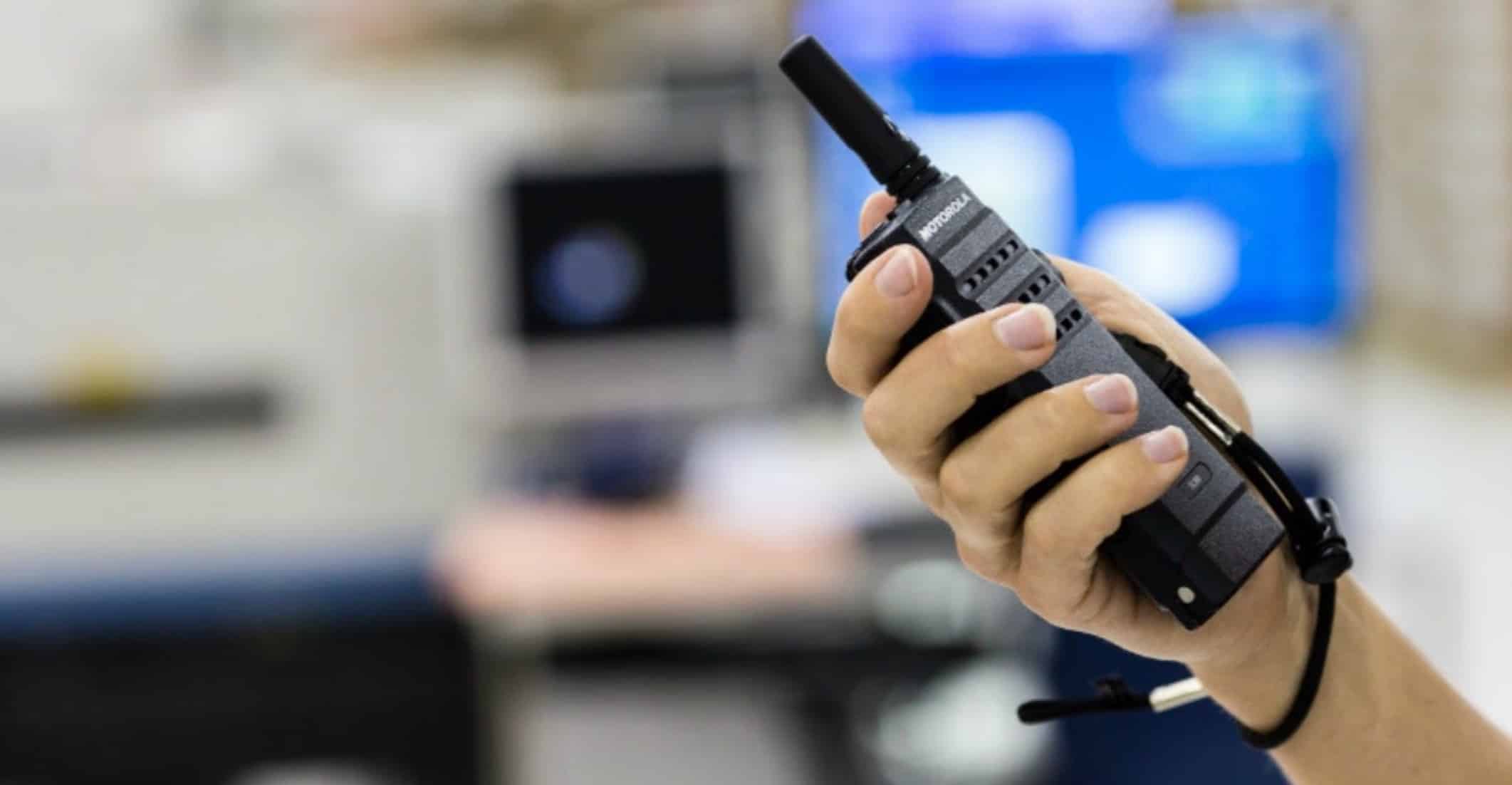
Think all you need is a little guidance from a tech-savvy associate? Unfortunately, it can hurt more than it helps. Think twice about advice from well-meaning IT friends and independent contractors unfamiliar with your industry and company operations. The next thing you know, you’ll be knee-deep in a DIY mess and ready to throw in the towel. Aguilar sees it all the time.
“It’s very common. A business buys equipment they hear about somewhere or someone recommends, but it can’t do the job or can’t be customized for what it’s supposed to do. They try to make a go of it but end up calling for professional help when they realize it’s just not going to work out.”

Confusing Instincts With Expertise.
Your internal team can put their heads together, study wireless manuals, and draw on good instincts to string a system together, but inexperience can leave it vulnerable and put your business at risk. Professionals can spot the tell-tale signs of DIY work immediately.
“There are obvious red flags that someone doesn’t know what they don’t know,” says Aguilar. “Even if they have the right equipment, it’s put in the wrong locations and positioned incorrectly. Key wireless components are facing the wrong directions, connections are loose, the list goes on and on, and the result is frustration when things don’t work right.”
Improper operation of equipment is another big problem. Wireless transmission systems, radio equipment and booster components in particular can land you in a lot of trouble. Anything tied to government regulated airwaves comes with a high degree of responsibility. Aguilar says you’re not in the clear just because your system seems to be functioning okay.
“You can overdrive a system and not even realize the implications. Let’s say you want your radio signals to reach farther or maybe the audio isn’t clear enough. You can’t just turn everything up. You’ll start causing problems, like interference, that lead to a knock on the door and expensive FCC violation penalties. That’s not something you want to learn the hard way.”

Even if you manage to get a system going and functioning properly all by yourself, what happens after that? Businesses who take a DIY approach don’t give the future of their systems much thought. They usually focus on getting equipment up and running, and then move on. But inevitably, maintenance issues and other snags sneak up and strike at the worst times.
“Technology changes every day and it’s not something you can effectively forecast and manage all by yourself,” says Aguilar. “What kind of ongoing support does your new equipment need? All technology requires some sort of maintenance if it’s expected to keep working well without interruption. There are upgrade requirements and a variety of other technical changes too. You can’t expect to set it up and then forget it.”
Does your system even have a future? Without a professional view of technologies currently being developed, you could unknowingly cobble together a system that soon winds up obsolete. That means parts will get more expensive or may not be available at all. At that point, you’re essentially stuck on an island.
Aguilar says environmental changes over time present even more challenges that a homegrown support team may not be able to overcome. “Remodeling might happen or large objects can just get moved around, creating new hurdles for wireless signals. Maybe more people join your staff, creating new and greater demands on your systems. You have to analyze the future to make smart choices and plans today, and be ready for adjustments tomorrow.”
Waiting Too Long to Call for Help.
You’ve done everything yourself, from choosing equipment to installing and deploying it. Then, something’s not right, or maybe everything seems wrong. Whether problems are immediately apparent or revealed in a slow and painful deterioration, you keep tinkering and limping along thinking you can figure things out. Meanwhile, time passes and you struggle as operations become more difficult. You find yourself investing far more in your attempt to salvage your mistake than you should.
“I’ve seen people bang their head on the wall for years trying to make something work that just won’t,” says Aguilar. “And there are all kinds of circumstances that lead to this kind of situation. It’s not always someone who tried to put together a system and just got in over their head. Sometimes they’re left high and dry by a technology provider who disappears or maybe they just can’t get enough consensus within their company to dump a failing system and move on to a solution.”
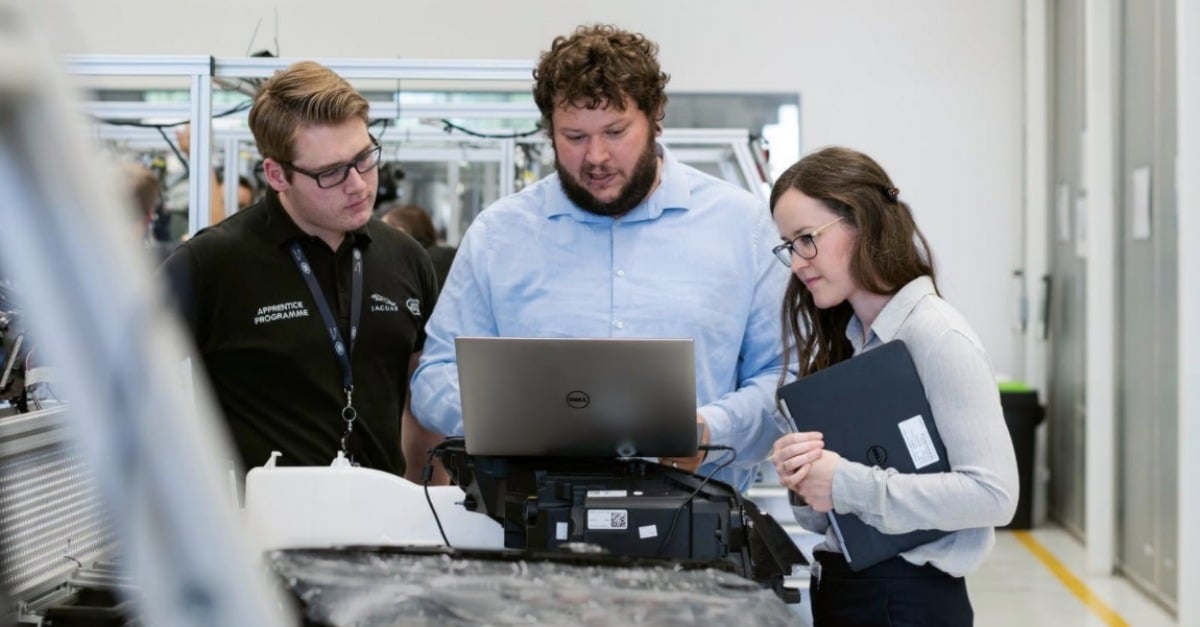
Consider how you handle an issue in your own home. Maybe you think you can tackle a small plumbing leak but then it only gets worse. When do you stop trying to fix it yourself and call for professional help? And is there a worse feeling than the regret that comes with waiting too long? The installation and deployment of new technology in your business is no different. Nothing beats the peace of mind that comes with knowing the job’s done right by a professional.
Are you evaluating new equipment or wondering if you should switch to a new system altogether? Contact our Service Center for the right help you need >>


